Please bookmark this page, http://aleph0.clarku.edu/~djoyce/ma105/, so you can readily access it.
General information
- General description.
We will explore some major themes in mathematics--calculation, number,
geometry, algebra, infinity, formalism--and their historical development in
various civilizations, ranging from the antiquity of Babylonia and Egypt
through classical Greece, the Middle and Far East, and on to modern Europe.
We will see how the earlier civilizations influenced or failed to influence
later ones and how the concepts evolved in these various civilizations.
The earliest civilizations have left only archaeological and limited
historical evidence that requires substantial interpretation. We have many
mathematical treatises from the later civilizations, but these are usually
in a completed form which leave out the development of the concepts and the
purposes for which the mathematics was developed. Thus, we will have to
analyze the arguments given by historians of mathematics for their
objectivity and completeness.
- Catalog text from Clark’s Academic Catalog
Explores major themes—calculation, number, geometry, algebra, infinity—and their historical development in civilizations ranging from the antiquity of Babylonia and Egypt through classical Greece, the Middle and Far East and then modern Europe. Analyzes the tension between applications of mathematics and the tendency toward formalism. Emphasizes presentations and discussions. Fulfills the Historical Perspective.
- Course prerequisite :
The prerequisite for this course is an intense interest in mathematics. There
are no other prerequisites for it other than a familiarity with plane
geometry and algebra. Our study will reach just to the beginnings of calculus
since we won't have time in one semester for more.
- Course goals.
- Content goals:
- follow the development of mathematics from early number systems to the invention of calculus
- read and understand some historical mathematics
- survey the development and use of methods of computation, some of which involve tools such as the abacus
- study the mathematics of various different civilizations, their conception and use of mathematics, and
how the historical conditions of those civilizations affected and were affected by mathematics
- Historical perspective goals:
- develop your capacity to understand the contemporary world in the larger framework of tradition
and history
- focus on the problems of interpreting the past and can also deal with the relationship between
past and present
- introduce students to the ways scholars think critically about the past, present and future
- Other goals:
- Develop your ability to present mathematics and history in spoken and written forms
- Help you practice research skills
- Satisfy, in part, your curiosity of how mathematics developed and how it fits into culture
- Course objectives.
When you have finished this course you should be able to:
- describe the development of various areas of mathematics within and across various civilizations
- describe the changing character of mathematics over time and recognize the distinction
between formal and intuitive mathematics
- give examples of significant applications of mathematics to commerce, science, and general life, past
and present
- understand that history includes the interpretation the past, not just facts
- better research historical questions and present your conclusions to others
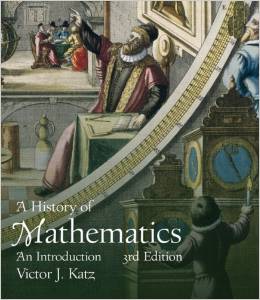
- Course Hours. The class meets MWF 10:00–10:50 and M 12:00–12:50. We'll meet four hours a week so that there will be enough meeting times during the semester for all the students to give April class presentations in class.
- Textbook.
A History of Mathematics, an Introduction
by Victor J. Katz, Addison-Wesley, third edition, 2009. Addison-Wesley. Cloth, 992 pp.
ISBN-10: 0321387007, ISBN-13: 9780321387004.
- Assignments, tests, and presentation/paper.
You will do assignments every week or two from the text, and you'll take two tests (midterm and final). You will select, research, and present a topic of your choice. Your presentation will be a 15 to 20 minute class presentation accompanied by a 10 to 20 page paper.
- Course grade.
1/7 for assignments, 2/7 for each test, 2/7 for the presentation/paper.
Syllabus
The chapters refer to our textbook.
- Course overview
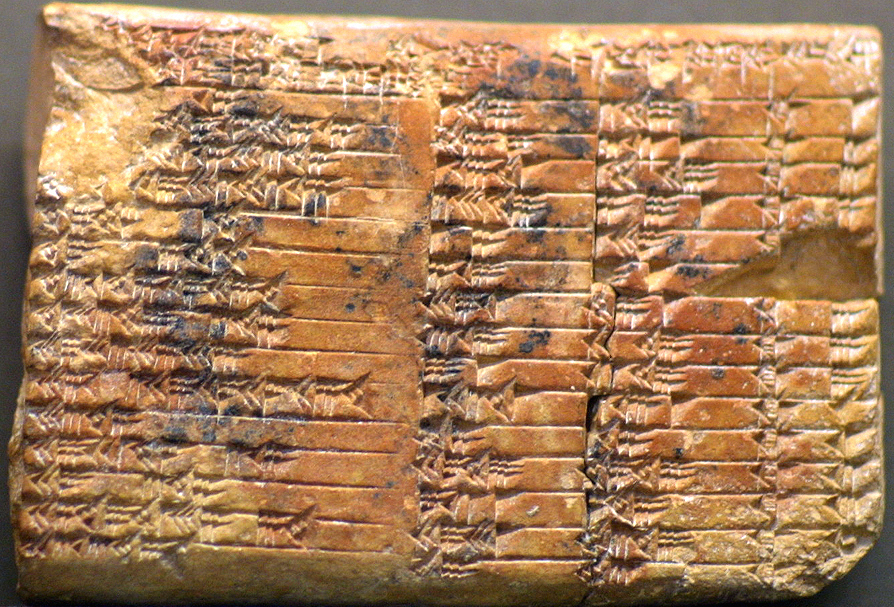
- Chapter 1: Egypt and Mesopotamia
- Egypt: number system, multiplication and division, unit fractions,
the Egyptian 2/n table, linear equations and
the method of false position, geometry.
- Mesopotamia: sexagesimal (base 60) system and cuneiform notation, arithmetic,
Babylonian multiplication table,
Babylonian reciprocal table,
elementary geometry, the Pythagorean theorem,
Plimpton 322 tablet, square roots, quadratic equations,
tokens of preliterate Mesopotamia.
- Chapter 2: The beginnings of mathematics in Greece
- The earliest Greek mathematics: various Greek numerals, Thales, Pythagoras and
the Pythagoreans, difficult construction problems
- Plato and Aristotle: logic, magnitudes, Zeno's paradoxes
- Chapter 3: Euclid's Elements.
- Chapter 4: Archimedes
- Chapter 5: Mathematical methods in Hellenistic times
- Chapter 6: The final chapters of Greek mathematics
- Diophantus and Greek algebra, Pappus and analysis
- Chapter 7: Ancient and medieval China
- Chapter 8: Ancient and medieval India
- Chapter 9: The mathematics of Islam
- Decimal arithmetic
- Algebra: quadratic equations, powers of the unknown, arithmetic triangle,
cubic equations
- Combinatorics
- Geometry: parallel postulate, trigonometry
- Chapter 10: Mathematics in medieval Europe
- Translations from Arabic into Latin in the 12th and 13th centuries
- Summary of early mathematics in western Europe
- Combinatorics
- The mathematics of kinematics: velocity, the Merton theorem,
Oresme's fundamental theorem of calculus
- Chapter 11: Mathematics around the world
- Mathematics at the turn of the fourteenth century
- Mathematics in America, Africa, and the Pacific
- Chapter 12: Algebra in the renaissance
- The Italian abacists, algebra in France, Germany, England , and Portugal
- The solution of the cubic equation
- Early development of symbolic algebra: Viéte and Stevin
- Chapter 13: Mathematical methods in the renaissance
- Perspective, geography and navigation, astronomy and trigonometry,
logarithms, kinematics
- Chapter 14: Geometry, algebra, and probability in the seventeenth century
- The theory of equations
- Analytic geometry: coordinates, equations of curves
- Elementary probability
- Number theory
- Projective geometry
- Chapter 12: The beginnings of calculus
- Tangents and extrema, areas and volumes, power series, rectification of
curves and the fundamental theorem of calculus
- Chapter 13: Newton and Leibniz
- Isaac Newton, Gottfried Leibniz, and the first calculus texts
Class notes, quizzes, tests, homework assignments
The dates for the discussion topics and the assignments are tentative. They will change as the course progresses.
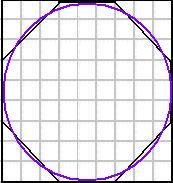
- Wednesday, 18 Jan 2017.
Welcome to the class! Course overview
Egyptian numerals and arithmetic. Multiplication and division algorithms.
Why teach history of math?
- Friday, 20 Jan 2016.
Progression of mathematics over the millennia. Mathematics in different places in the world.
Discussion on what mathematics was used for in ancient times
Egyptian unit fractions
- Monday, 23 Jan 2017. (Two meetings)
Assignment 1 due Friday.
More on Egyptian mathematics
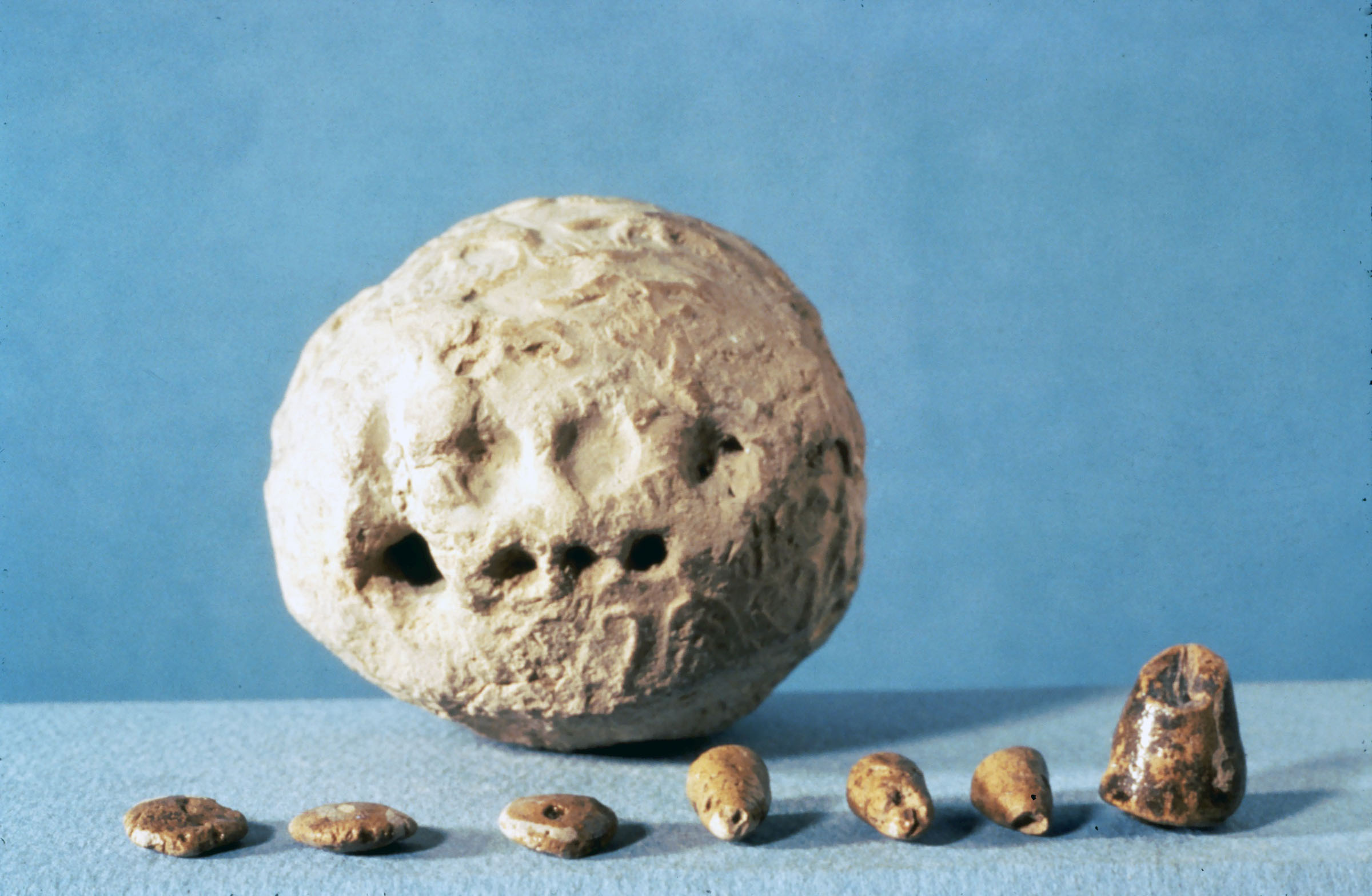 Introduction to Mesopotamian/Babylonian mathematics.
Sexagesimal (base 60) system and cuneiform notation.
Arithmetic, Babylonian multiplication table.
Babylonian reciprocal table.
Elementary geometry, the Pythagorean theorem,
Plimpton 322 tablet
Introduction to Mesopotamian/Babylonian mathematics.
Sexagesimal (base 60) system and cuneiform notation.
Arithmetic, Babylonian multiplication table.
Babylonian reciprocal table.
Elementary geometry, the Pythagorean theorem,
Plimpton 322 tablet
- Wednesday, 25 Jan 2017
- Friday, 27 Jan 2017
Assignment 1 due. Answers.
Assignment 2 due next Friday.
- Introduction to Greek mathematics. Influence of Egyptian and Babylonian math. Used Egyptian unit fractions early, but later Babylonian base 60 as well.
- Thales (624–547 BCE), , math attributions to him
- Thales, Pythagoras (569–475 BCE), and others were said to have visited Egypt & Babylonia.
- Informal versus formal mathematics
- Monday, 30 Jan 2017. Two meetings.
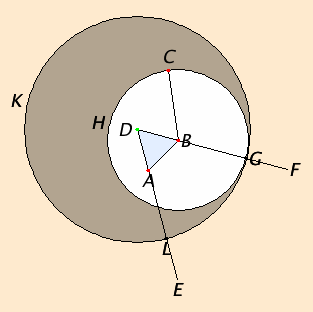
Three classical problems.
- The Delian problem: doubling the cube
- Quadrature of the circle, square circle, pi
- Trisecting angles
Zeno's paradoxes at the Stanford Encyclopedia of Philosophy
- Wednesday, 1 Feb 2017
Assignment 3 due Wednesday, February 8. Chapter 2, page 47, exercises 8, 9, 10, 11, and 13.
- Hippocrates of Chios (fl. 450 BCE). First author of Elements, quadrature of lunes
- Philosophy and logic. Plato, Aristotle, Chrysippus.
- Number versus magnitude, discrete versus continuous, axioms
- Friday, 3 Feb 2017
Assignment 2 due. Answers
- Monday, 6 Feb 2017 (two meetings)
Summary of the other books of the Elements including
- the first few on plane geometry including the golden ratio and construction of
a regular pentagon
- Eudoxus' definition of ratio and proportion in
Book V
- Books VII through IX on number theory including primes and perfect numbers
- Wednesday, 8 Feb 2017
Assignment 3 due. Chapter 2, page 47, exercises 8, 9, 10, 11, and 13. Answers
Assignment 4 due Monday, Feb 13. Chapter 3, page 90, exercises 6, 7, 14, 17, 19.
- Friday, 10 Feb 2017
Archimedes: The law of the lever, approximation of pi
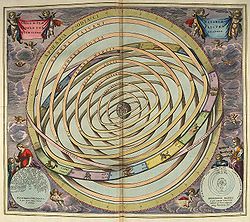
- Monday, 13 Feb 2017, one meeting
Archimedes: area of a parabolic segment and sums of series
Short discussion of conic sections
Astronomy before Ptolemy, Cosmology and astronomy
- Wednesday, 15 Feb 2017
Assignment 4 due. Chapter 3, page 90, exercises 6, 7, 14, 17, 19. Answers.
Assignment 5 due next Monday. Chapter 3, page 91, exercises 27 and 36; and Chapter 4, page 127, exercises 1, 2, and 3.
Select date for midterm. Selected Friday, March 3.
Discussion of topics for paper and presentation. List of topics from two years ago:
N. Iwamoto, NP Complete Problems
B. Guo, Security and Cryptography
S. Shrestha, Hamiltonian Paths & NP Completeness
K. Schulz, Pascal's Arithmetic Triangle
S. Deambrosi, Mathematics and Imperial Examinations in China
J. Ullman, Mechanical Computations
A. Joshi, Fibonacci's works
C. Dollard, Newton's and Leibniz' derivatives
N. Lew, Pacioli and Da Vinci on the golden ratio
K. Stuck, Postmodernist math education
L. Leung, L’Hôpital & his rule
D. Scheff, Navier-Stokes equation
M. Marrone, George Boole & logic
A. Zhang, Geometric Brownian motion & finance
R. Rasool, Cryptography in Islamic mathematics
M. Lee, Game theory & business strategy
Y. Qu, Jinzhang suanshu, the Nine Chapters
E. Ainasse, Cubic equations in the 16th century
R. Dutt, The financial crisis & the Black-Scholes equation
B. Zhao, Math and Go (the board game)
H. Nguyen, The fundamental theorem of calculus
M. Blaifeder, Newton's mathematics
T. Jiang, The development of set theory
B. Tang, The Riemann Hypothesis
T. Trinh, Geometry in architecture
X. Ye, Development of calculus
W. Shen, Hilbert spaces
- Early trigonometry, History of Trigonometry
- Ptolemy and the Almagest
- Practical mathematics, Heron, Ptolemy's Geography
- Friday, 17 Feb 2017
Diophantus' Algebra
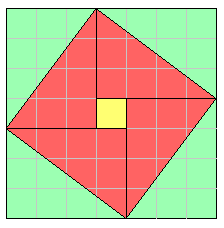
- Monday, 20 Feb 2017
Assignment 5 due. Chapter 3, page 91, exercises 27 and 36; and Chapter 4, page 127, exercises 1, 2, and 3. Answers.
Assignment 6 due next Wednesday
- Menelaus' spherical trig, Heron's optics
- Eratosthenes' measurement of the circumference of the earth
- Pappus' centroid theorem, commentators Theon and Hypatia
- Outline of Mathematics in China. Number symbols, rod numerals, fractions
- Wednesday, 22 Feb 2017
- Friday, 24 Feb 2017
- Monday, 27 Feb 2017
Outline of Mathematics in India
Review for midterm.
- Wednesday, 1 Mar 2017
Assignment 6 due. Meet in Goddard Library.
- Math 105 Lib Guide
- Finding articles
- MathSciNet
- Friday, 3 Mar 2017
Midterm. Chapters 1–5. Answers.
March 6–10. Spring break.
- Monday, 13 Mar 2017
Assignment 7 due next Monday.
- Wednesday, 15 Mar 2017. Introduction to the mathematics of Islam. Combinatorics, arithmetic triangle, parallel postulate.
- Friday, 17 Mar 2017. More on Islamic mathematics.
- Monday, 20 Mar 2017.
Assignment 7 due. Answers.
Assignment 8 due next Wednesday.
- Summary of combinations and binomial coefficients
- Intro of math into Western Europe: translations from Arabic into Latin in the 12th and 13th centuries primarily at Toledo, Spain, and from Greek in the 13th century
- Abraham bar Hiyya (fl. 1116), geometry
- Fibonacci's contributions including transmission of concepts of Islamic mathematics and his own new research (fl. 1200-1230)
- Summary of early mathematics in western Europe
- Wednesday, 22 Mar 2017.
- Friday, 24 Mar 2017.
- Monday, 27 Mar 2017
- Mathematics at the turn of the 14th century
- Mathematics in America, Africa, and the Pacific. Ethnomathematics
- Symmetry, frieze groups, wallpaper groups. Abstract groups
- Wednesday, 29 Mar 2017
Assignment 8 due. Answers
Algebra 1400–1600. Development of symbolic algebra
- Friday, 31 Mar 2017
Solution of the cubic equation in Italy, negative and complex numbers
- Monday, 3 Apr 2017
- Perspective in art, projective geometry, anamorphic projection
- Cartography, Mercator projection, gnomonic projection
- Copernicus and Kepler.
- Logarithms
- Wednesday, 5 Apr 2017
- Friday, 7 Apr 2017
- Theory of equations
- Analytic geometry
Past tests

This page is located on the web at
http://aleph0.clarku.edu/~djoyce/ma105/
David Joyce
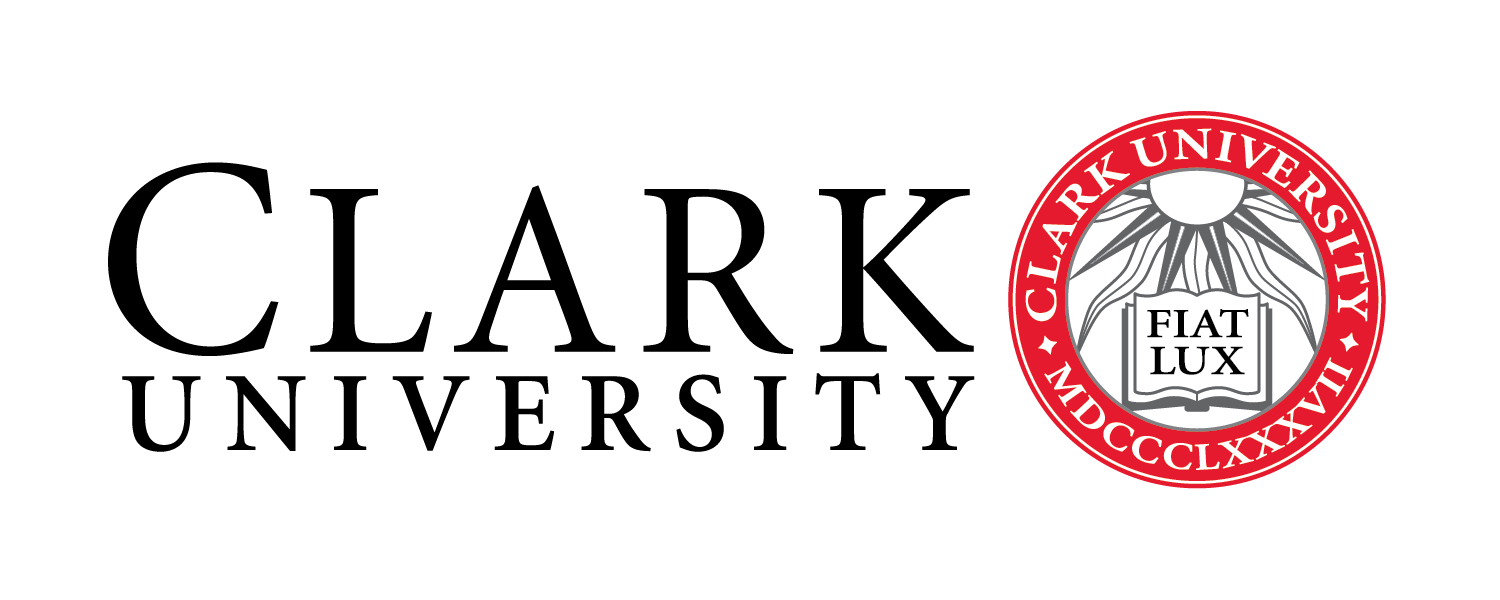

 Museo_dell'Opera_del_Duomo_(Florence)
Museo_dell'Opera_del_Duomo_(Florence)


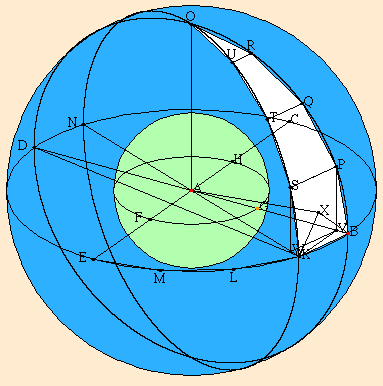

 Introduction to Mesopotamian/Babylonian mathematics.
Sexagesimal (base 60) system and cuneiform notation.
Arithmetic, Babylonian multiplication table.
Babylonian reciprocal table.
Elementary geometry, the Pythagorean theorem,
Plimpton 322 tablet
Introduction to Mesopotamian/Babylonian mathematics.
Sexagesimal (base 60) system and cuneiform notation.
Arithmetic, Babylonian multiplication table.
Babylonian reciprocal table.
Elementary geometry, the Pythagorean theorem,
Plimpton 322 tablet



